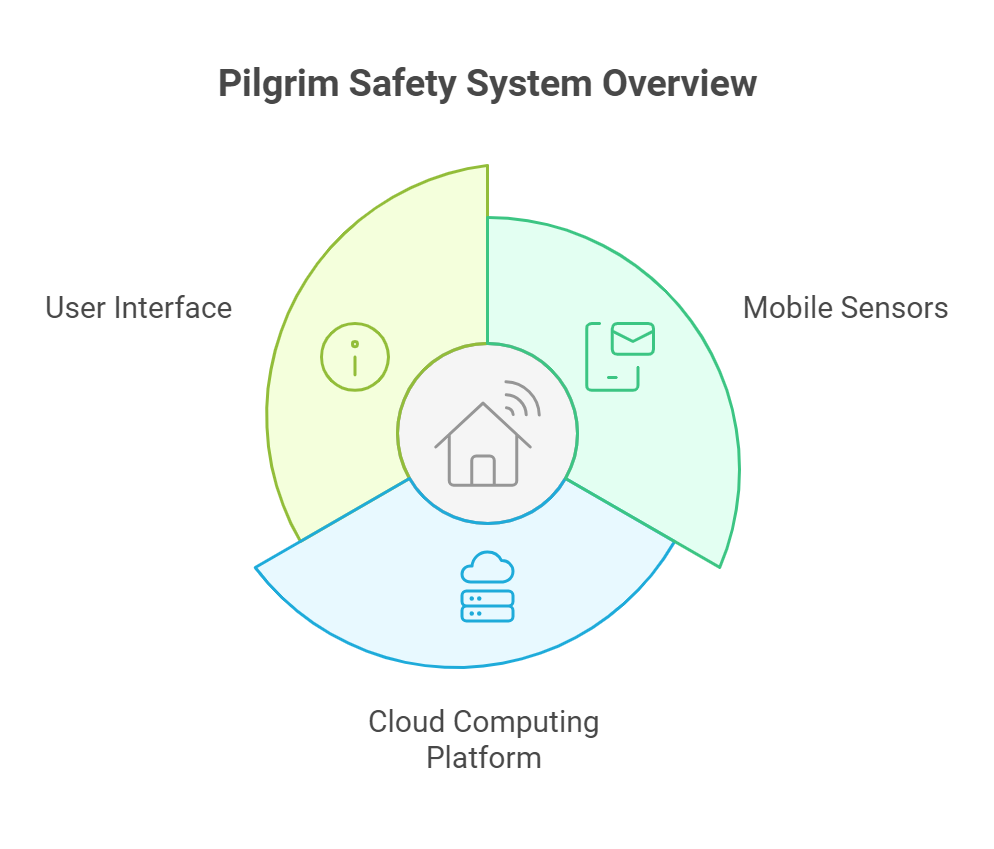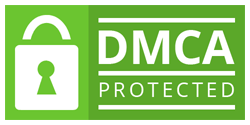Mobile-Sensor-Cloud Based System To Safeguard Pilgrims Through Smart Environment
This project explores the innovative integration of mobile sensors and cloud computing to enhance the safety and security of pilgrims in various environments. As pilgrimage sites often attract large crowds, ensuring the safety of individuals becomes paramount. The proposed system leverages real-time data collection and analysis through mobile sensors, which communicate with a cloud-based platform to provide timely alerts and support to pilgrims. This approach not only enhances the safety of individuals but also fosters a smart environment that can adapt to the needs of the pilgrims.

Introduction
Pilgrimages are significant cultural and spiritual journeys for millions of people around the world. However, these events can pose various risks, including overcrowding, health emergencies, and environmental hazards. To address these challenges, a mobile-sensor-cloud based system is proposed to monitor and safeguard pilgrims effectively. This system utilizes advanced technology to create a responsive and intelligent environment that prioritizes the safety of individuals.
System Architecture
The proposed system consists of three main components: mobile sensors, a cloud computing platform, and a user interface.
Mobile Sensors
Mobile sensors are deployed among pilgrims to collect real-time data on various parameters, such as:
-
Location Tracking: GPS-enabled sensors help in tracking the movement of pilgrims, ensuring that they remain within safe zones.
-
Environmental Monitoring: Sensors measure air quality, temperature, and humidity, providing insights into the environmental conditions that may affect pilgrims' health.
-
Health Monitoring: Wearable devices can monitor vital signs, such as heart rate and body temperature, alerting authorities in case of medical emergencies.
Cloud Computing Platform
The cloud platform serves as the central hub for data processing and analysis. It aggregates data from mobile sensors and employs machine learning algorithms to:
-
Analyze Trends: Identify patterns in pilgrim movement and environmental conditions to predict potential risks.
-
Generate Alerts: Send real-time notifications to pilgrims and authorities regarding safety concerns, such as overcrowding or adverse weather conditions.
-
Data Storage: Store historical data for future analysis and improvement of safety measures.
User Interface
A user-friendly mobile application provides pilgrims with access to critical information, including:
-
Safety Alerts: Notifications about potential hazards and safety tips.
-
Navigation Assistance: Maps and directions to safe zones and emergency services.
-
Health Monitoring: Personal health data and alerts for medical assistance if needed.
Benefits of the System
The mobile-sensor-cloud based system offers several advantages:
-
Enhanced Safety: Real-time monitoring and alerts significantly reduce the risks associated with large gatherings.
-
Improved Response Time: Authorities can respond quickly to emergencies, ensuring timely assistance to those in need.
-
Informed Decision-Making: Data-driven insights enable better planning and management of pilgrimage events.
Conclusion
The integration of mobile sensors and cloud computing presents a transformative approach to safeguarding pilgrims in a smart environment. By leveraging technology, this system not only enhances safety but also enriches the overall pilgrimage experience. As pilgrimage sites continue to attract large crowds, implementing such innovative solutions will be essential in ensuring the well-being of all participants.
We have more details like Algorithm Information, Condition Checks, Technology, Industry & Human Benefits:
1. Title Page
- Title Sources
2. Abstract
- Summary of the Project
- Key Findings
- Keywords
3. Introduction
- Background
- Problem Statement
- Research Questions
- Objectives
4. Literature Review
- Theoretical Framework
- Review of Related Studies
- Gaps in the Literature
5. Project Methodology
- Research Design
- Data Collection Methods
- Data Analysis Techniques
- Ethical Considerations
6. Project Results
- Data Presentation
- Statistical Analysis
- Key Findings
7. Discussion
- Interpretation of Results
- Implications of Findings
- Limitations
8. project Conclusion
- Summary of Findings
- Recommendations
- Future Research Directions
9. References
- References and Resources Links
10. Appendices
- Final Source Code
- Survey
- Live environment/Real world Data Sets
- Additional Figures and Tables
The final table of contents depends on the project selection.


